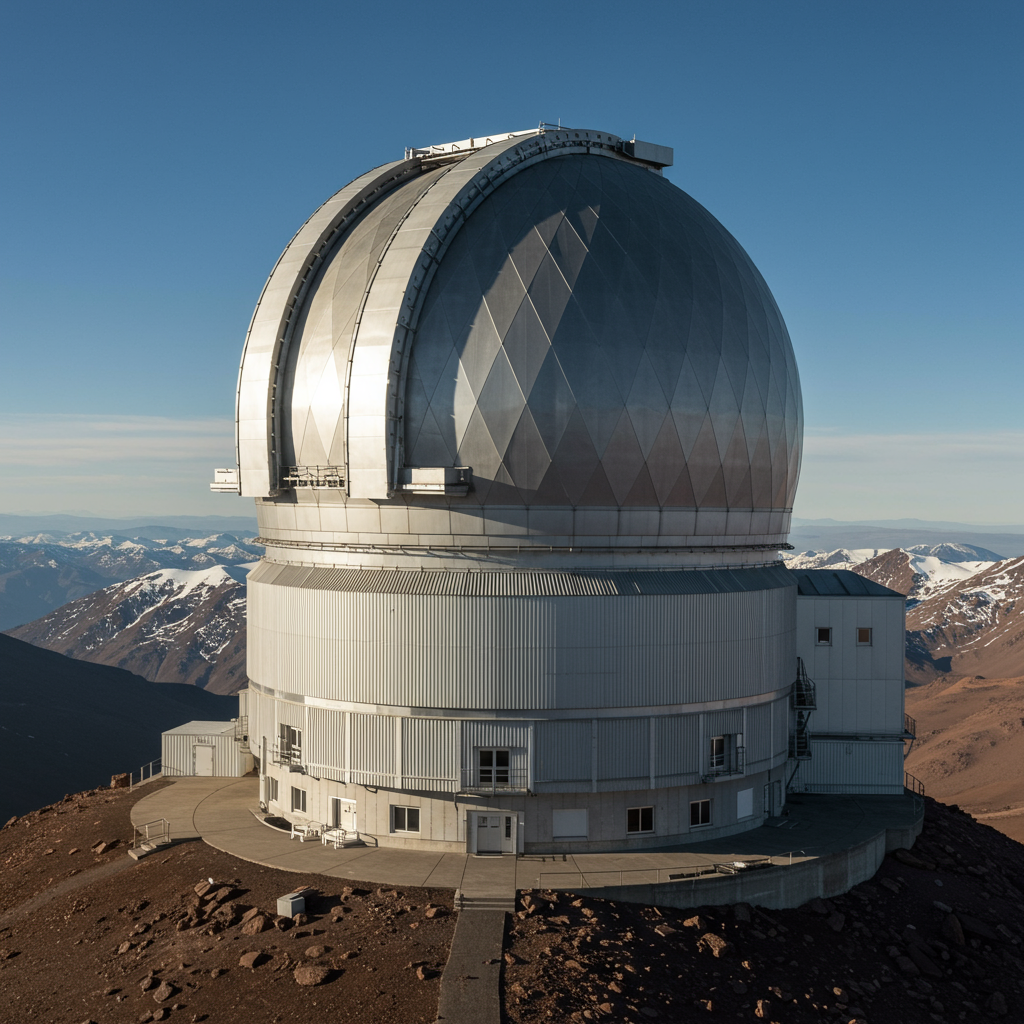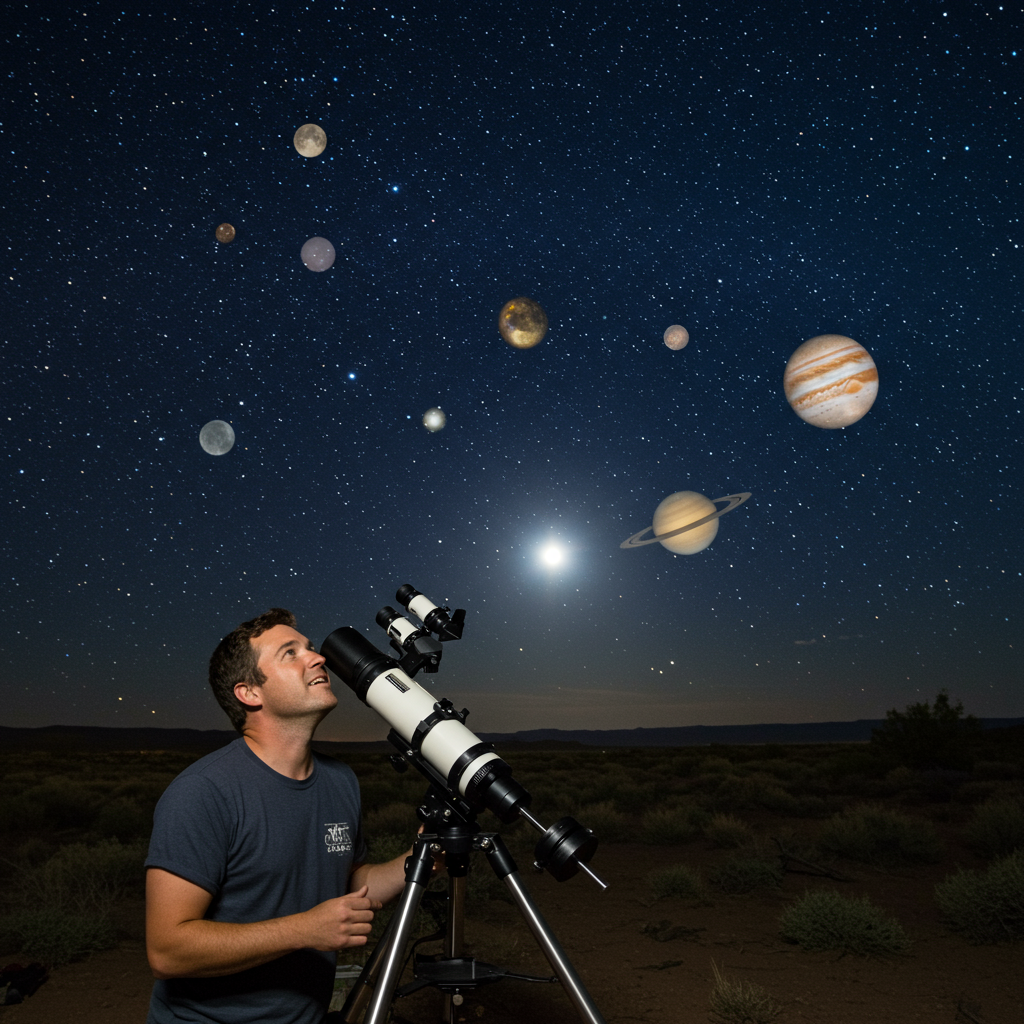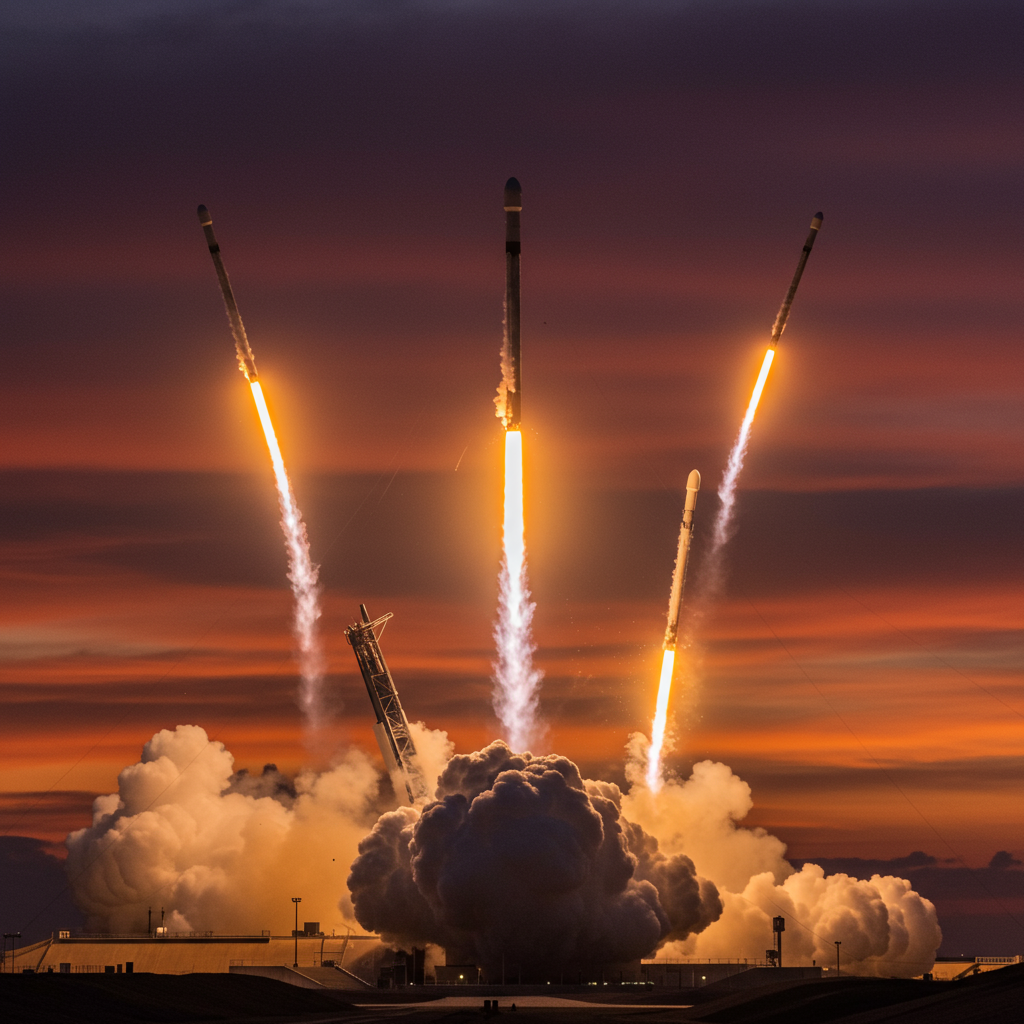A New Eye on the Cosmos: The Vera C. Rubin Observatory
Perched high atop Cerro Pachón in Chile, at an altitude exceeding 2,600 meters above sea level, the Vera C. Rubin Observatory stands ready to open a new era in astronomy. This isn’t just another telescope; it’s an engineering marvel designed to fundamentally transform our understanding of the universe. From its awe-inspiring, cathedral-like dome to its record-breaking instruments, Rubin is set to tackle some of cosmology’s biggest mysteries.
The Technology Driving the Revolution
At the heart of the Rubin Observatory lies the Legacy Survey of Space and Time (LSST) Camera, recognized as the world’s largest digital camera ever built for astronomy. This incredible instrument, weighing 3 tonnes with a giant 1.57-meter lens (the largest of its kind), boasts a staggering 3.2-gigapixel resolution. To put that into perspective, it could capture an image sharp enough to spot a golf ball from a distance of 24 kilometers! Coupled with the observatory’s massive 8.4-meter primary mirror and a structure weighing 350 metric tons that can move with remarkable speed, this setup allows for unprecedented detail and agility in sky observation. The LSST Camera is expected to be fully installed by the end of 2024.
The LSST: Mapping the Dynamic Universe
The core mission of the Vera C. Rubin Observatory is the ambitious LSST, a 10-year project to repeatedly scan the entire southern night sky. Unlike previous surveys that took weeks or months to cover the sky, Rubin will complete a full scan every three nights.
This rapid, repeated imaging strategy offers two revolutionary capabilities:
Going Deep: By stacking images taken over time, astronomers can “go very, very deep” into the universe, detecting extremely faint and distant objects previously invisible. This pushes our view further back in time.
Cosmic Timelapse: The frequent scans create a dynamic “cosmic timelapse” of the sky, allowing scientists to track changes, movements, and transient events in near real-time.
The observatory’s wide field of view is also significant, capturing an area equivalent to 45 full moons in a single shot – vastly larger than the field of view of telescopes like the James Webb Space Telescope.
Unlocking Profound Cosmic Mysteries
With its unique capabilities, Rubin is poised to make groundbreaking discoveries across multiple areas of astronomy:
Dark Matter and Dark Energy: Continuing the legacy of its namesake, astronomer Vera Rubin, who confirmed the prevalence of dark matter, the observatory will provide the most detailed map yet of its distribution across the universe. This includes mapping the “cosmic web” – the filamentary structure along which galaxies cluster – to help determine the nature of dark matter particles and provide insights into the influence of dark energy, the mysterious force accelerating the universe’s expansion.
A Comprehensive Solar System Census: Rubin’s rapid imaging is ideal for tracking fast-moving objects. It will conduct an unprecedented census of our solar neighborhood, including:
Asteroids and comets in the main belt and beyond.
Trans-Neptunian Objects (in the Kuiper Belt and Oort Cloud).
Potentially hazardous Near-Earth Objects (NEOs).
Even elusive interstellar visitors like ‘Oumuamua.
Estimates suggest a potential 10-fold increase in known Kuiper Belt/Oort Cloud objects and a jump from ~30,000 to roughly 100,000 known NEOs.
The Hunt for Planet Nine: The observatory is expected to definitively address the hypothesis of a large, distant Planet Nine influencing the orbits of some outer solar system objects. Rubin will either directly discover it, provide conclusive evidence for its existence, or rule out the current orbital anomalies as definitive proof.
Beyond these specific targets, the survey is expected to reveal countless unexpected cosmic phenomena and mysteries.
Managing the Data Deluge
Capturing the universe in such detail and frequency generates an enormous amount of data – roughly 15 terabytes every single night*. Each individual image is around 32 gigapixels and arrives within seconds. This data is rapidly transmitted via fiber optic cables for processing and distribution to scientists worldwide, creating a universal dataset accessible to the global astronomical community.
The sheer scale and detail of the images mean that viewing them on a standard screen cannot do them justice; appreciating their full scope would require the equivalent of 400 ultra-HD TVs for a single shot. Anticipation is high for the release of the first public images and time-lapse videos, expected around June 23rd, with institutions worldwide encouraging participation in special “watch parties” to experience the scale collectively.
As the Vera C. Rubin Observatory prepares to capture its first light, the potential for discovery is immense. Despite potential future funding challenges, its groundbreaking survey promises to redefine astronomy for decades to come, providing unprecedented views and data to help us understand our place in the vast, dynamic cosmos.




